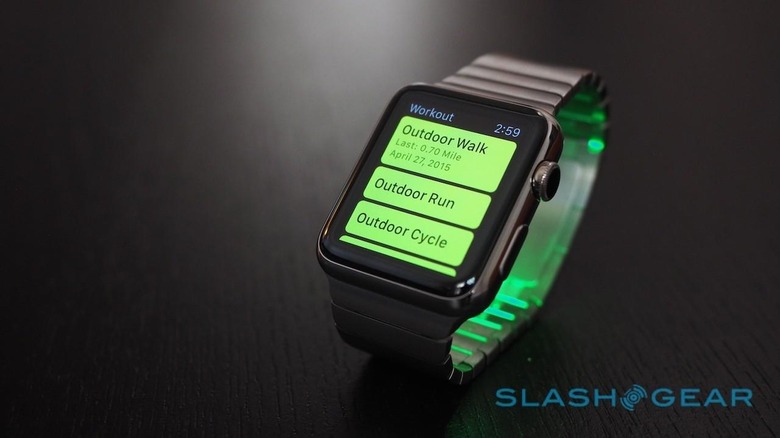No, Your Apple Watch Heart Rate Sensor Is Meant To Do That
Apple has quietly explained the change in Apple Watch heart rate measurement, a timing tweak that had left some fitness-focused wearers confused. Whereas the optical heart rate sensor – the glowing green light that tracks blood movement through the skin – had previously pinged on at a regular schedule, keen-eyed Watch owners had spotted potentially lengthy gaps between readings. Contrary to fears that Apple had inadvertently fouled up the system, however, the Cupertino firm insists the change is by design.
Questions about the heart rate monitoring consistency arose following the Apple Watch's first software update. Wearers reported noticing a change in frequency: whereas initially the timepiece had taken a reading every ten minutes, suddenly hour-long gaps could be experienced without a measurement being recorded.
Far from being a bug, however, the change in behavior is intentional, Apple claims. In an update to its heartrate monitoring support page, the company says that while ten minutes is still the target, that can be affected by movement.
"Apple Watch attempts to measure your heart rate every 10 minutes," the page suggests, "but won't record it when you're in motion or your arm is moving."

Although not explicitly explained, the thinking behind the change is probably an attempt to give more consistent results. Optical heart rate sensors of this sort generally struggle when the wearer is moving – for the most part they prefer the user to be perfectly still while the measurement is taken – and so readings in other conditions might not only be inaccurate but a waste of power too.
If you still want a reading while you're on the move, Apple points out, you can manually trigger it by starting a workout or just through opening up the heart rate Glance.
VIA Engadget
SOURCE Apple
